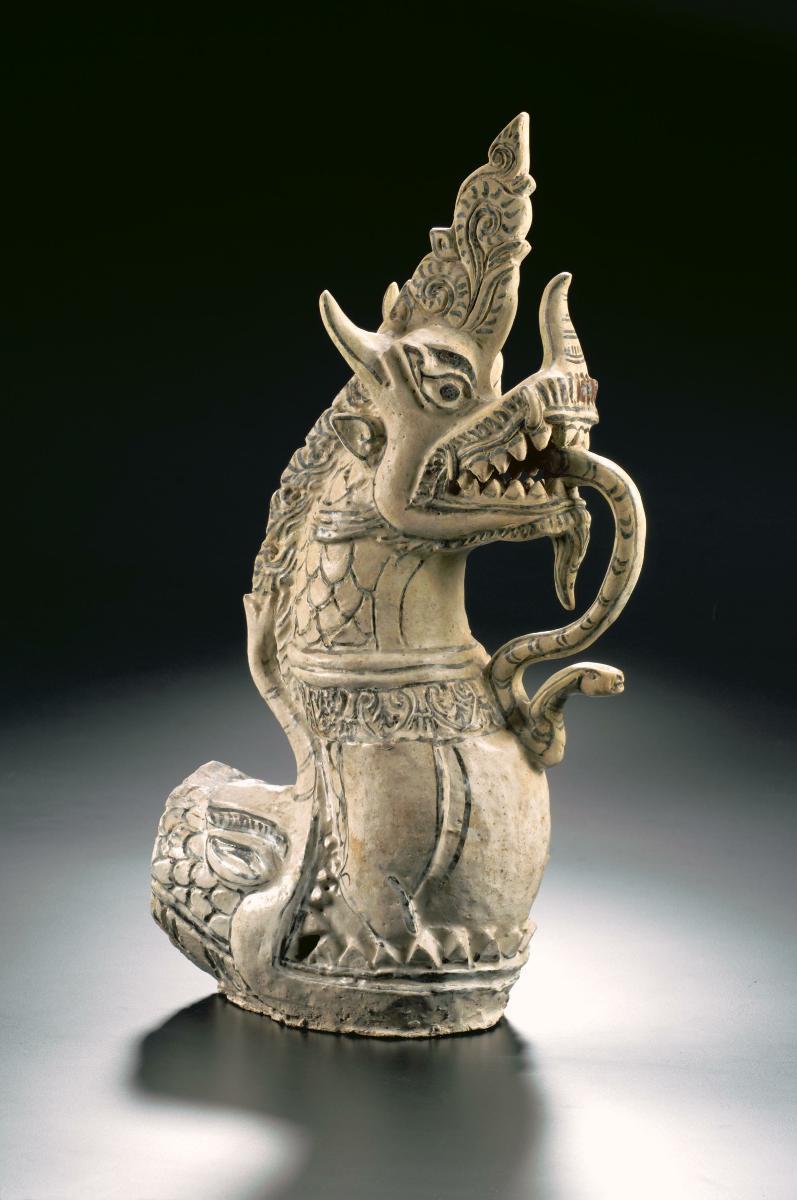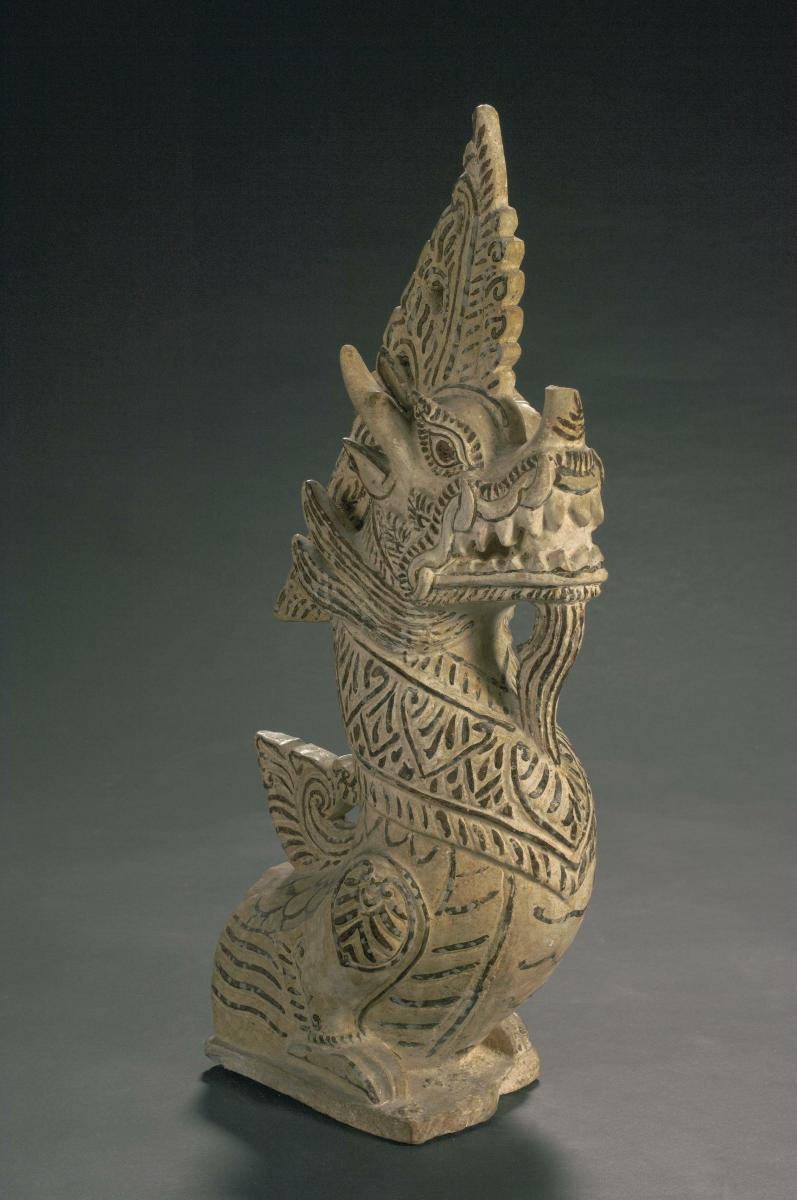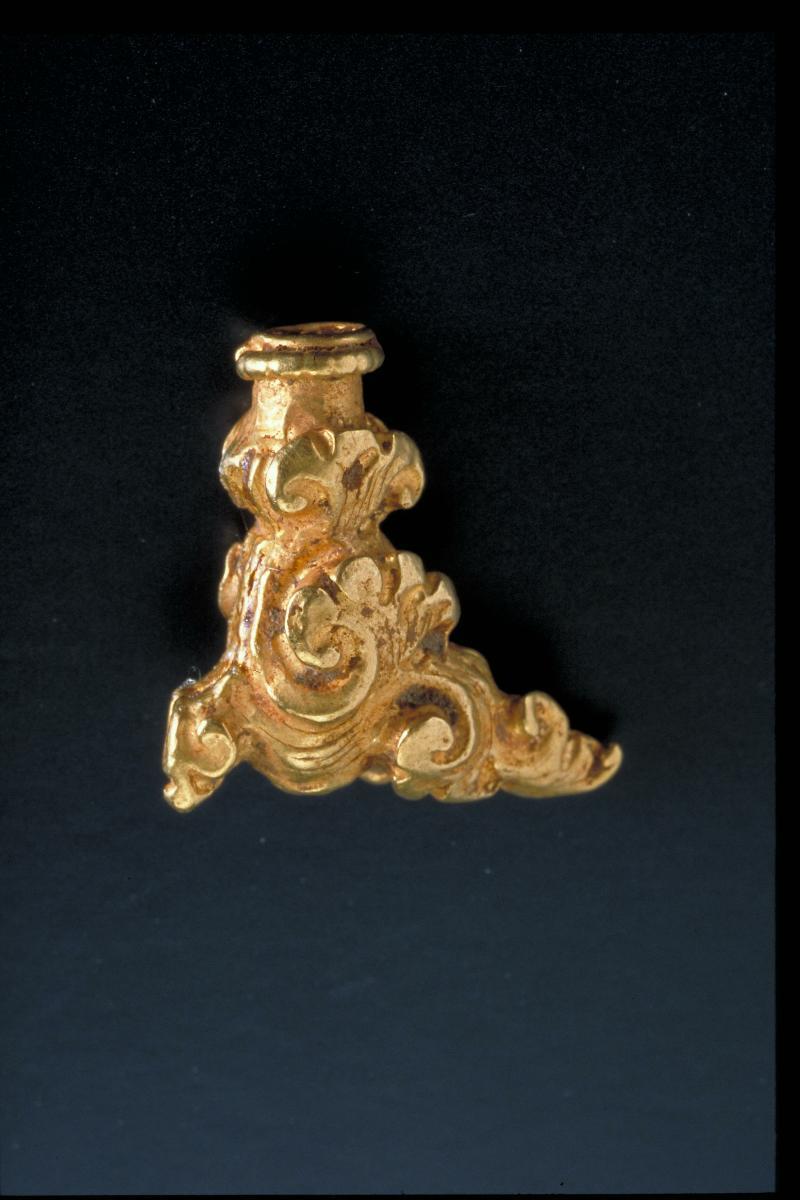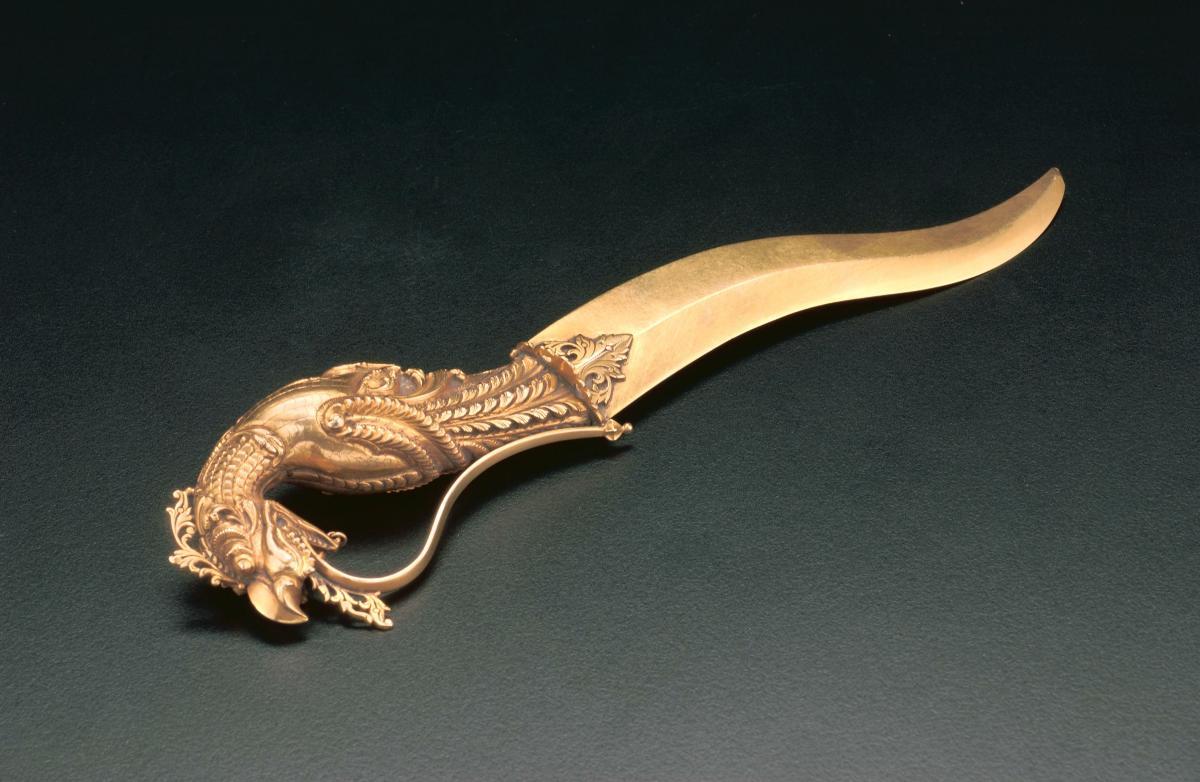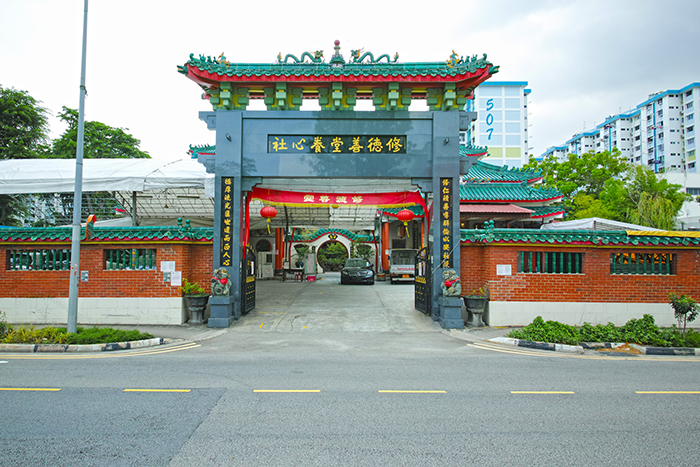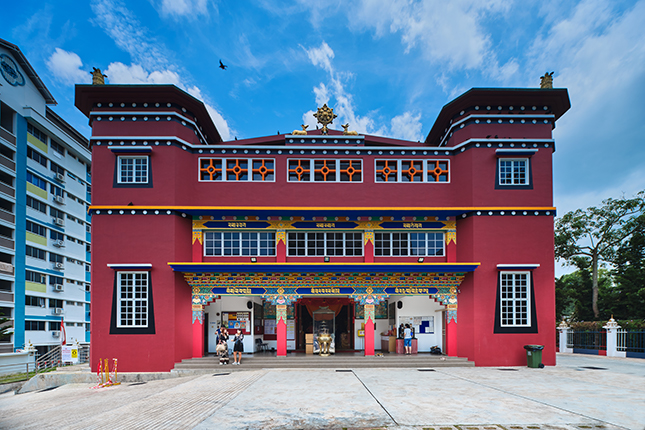This architectural ornament is in the shape of a Hindu-Buddhist mythical water spirit or 'makara' spewing forth a snake. Heavily potted, it was made from moulded parts joined together with a hole through the body, to attach it to the roof of an assembly hall of a temple.The makara is a sea monster, usually with the head of an elephant and the body of a fish. It is associated with water as a source of life and power, symbolising power and strength. The Hindu-Buddhist makara motif is usually placed on doorframes, lintels, thresholds and gateways of north Indian temples. The Thai version is described as crocodile-like in appearance.Ceramics offered a subsitute for the lack of fine sandstone to decorate religious monuments constructed on a large scale particularly at Sukhothai during the 14th century.The royal cities of Sukhothai and Si Satchanalai in north-central Thailand were at the heart of one of the largest ceramic-producing centres in Southeast Asia during the 14th century. Si Satchanalai, which was later renamed Sawankhalok, came to refer to ceramics that originated from either of these two areas.




